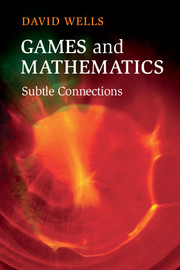Part II - Mathematics: game-like, scientific and perceptual
Published online by Cambridge University Press: 05 November 2012
Summary
Introduction
These three aspects of mathematics could be presented in any order. Which is the best order? Professional mathematical papers are frequently criticised for only presenting the game-like aspects of mathematics while saying nothing about scientific or perceptual aspects, as well as omitting every sign of how their results were discovered in the first place. Very occasional exceptions, such as Euler, are famous for being exceptional. Henri Poincaré asked:
Will we ever be able to say that we understand a theory if we want to give to it straight away its final form, that impeccable logic imposes on it? Which ideas were tried out and discarded, which ideas were tried out and retained? If we don't know these things we will not really understand it, we will even not be able to remember it; at best we will only remember it by learning it off by heart.
[Poincaré 1899]‘Ideas were tried out and discarded…ideas were tried out and retained?’ Yes, indeed! The process of trying out ideas, of experimenting with this approach then that approach, of abandoning ideas that don't work, is a process of play, of experiment, of conjecturing, testing, and then, very likely, rejecting: ‘Aha! Of course, it's an analogue of the Laplace transform, let's see [CHECKS BY CALCULATION]. Oh, it isn't. What a pity! Back to the drawing board!’
- Type
- Chapter
- Information
- Games and MathematicsSubtle Connections, pp. 73 - 74Publisher: Cambridge University PressPrint publication year: 2012



